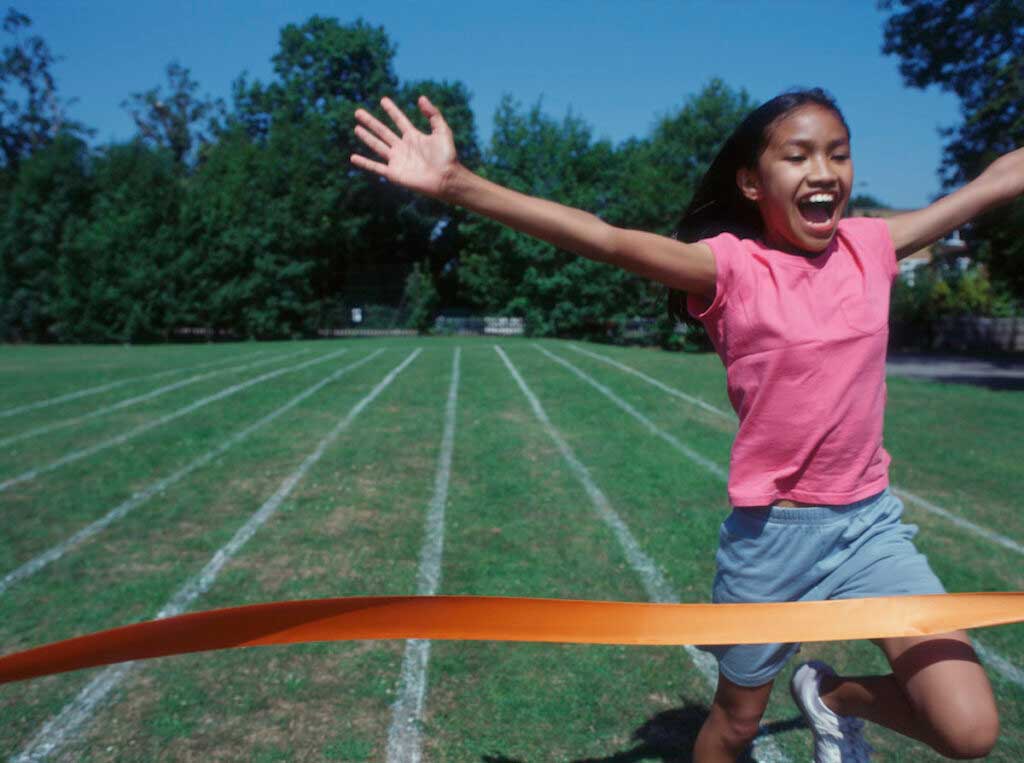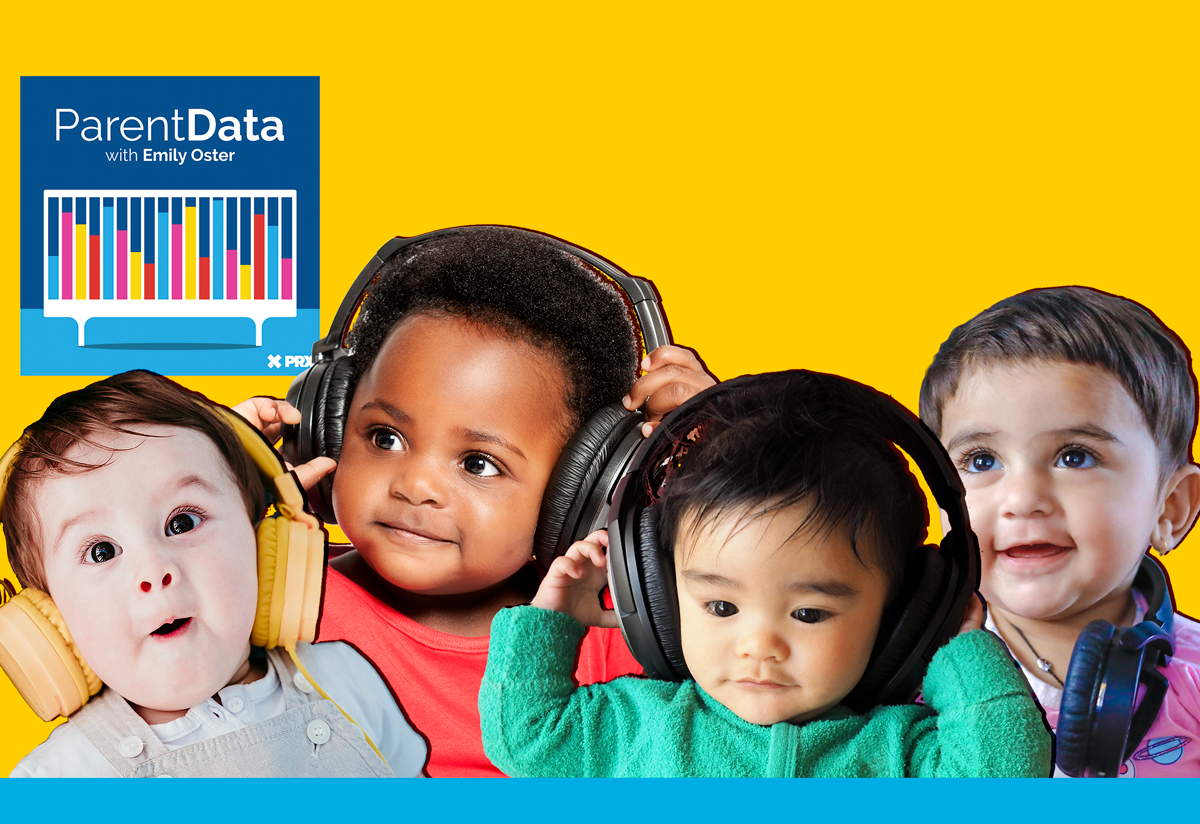I have a love-hate relationship with my Garmin watch. On one hand, I cannot be without it (including when it definitely doesn’t match my clothes) and spend a lot of time messing with the display to “optimize” my information. On the other hand, sometimes I find it very judgmental. Such as when it buzzes during my run to give me a “-1” on my fitness, or when it tells me my training load is “unproductive.”
I suspect, having posted about this and heard some responses, that others feel the same. Self-tracking technologies — smart watches, the Oura Ring, and so on — promise to help us optimize our training, our health, our cycles. But they can also be kind of annoying. Maybe I don’t want to know that I haven’t hit my 10,000-step goal (which, anyway, is totally made up; thank you, Maintenance Phase, for the breakdown).
So: what, if anything, are these good for? I’m going to dig into it today. Yes, I know it’s not really about parenting. But parents are people too! Sometimes we have non-parenting questions for which we need data.
Big picture: What do trackers actually measure?
I’m focusing today on wearable trackers — watches, rings, etc. Before getting into specific questions, it seems useful to start with the big picture: what can these trackers actually measure? Knowing this is going to help us think about how to interpret what they report.
In general, all types of trackers will use data on heart rate and movement. They differ a bit beyond this. Sports watches (including Apple, Garmin, Polar, Coros, and Element) use data from an accelerometer to measure movement, a heart rate monitor, and GPS to calculate pace and location. Trackers like the Oura Ring also measure temperature and respiration but won’t have the GPS workout tracking focus.
With that background, the question of whether you want one of these trackers (and which type) depends on what you want to do with them.
Tracking for sports training
Sports watches were designed for … sports. For endurance athletes in particular, they are a possible replacement for a stopwatch and a map. Are they useful for this?
Based on the market, I would say yes. If you look around at races — professional or amateur — basically everyone has a smart watch at which they are constantly looking during the race. What are they doing with it? To get some answers, I went to the top. I asked Molly Huddle, one of the greatest American distance runners ever, and Chelsea Sodaro, currently the Ironman Kona world champion. (Side note: these guys are both also moms to little kids and inspiring if you’re trying to get back into it).
Chelsea: I do a lot of training alone and on unmarked roads, so I really appreciate having a GPS watch that gives me accurate splits. I work in K’s, so every time I run a kilometer the Rival vibrates and beeps at me to let me know if I’m on pace or not. I also like to get live data while I’m running, especially heart rate. In my training and in the long endurance events that I do, the heart rate information helps me figure out if I’m where I should be, in over my head, or have room to push. I always use perceived effort, but I also like to have that extra peek into how my body is responding to the effort. My watch also shows me my “current” pace, which can be useful to know how fast I’m going at any given moment.
Molly: Basically you get more info than just time over distance. The extra things are helpful — heart rate for guiding your training zone; cadence — there’s optimal one-calorie estimates if you need those to make sure you refuel enough, altimeters for gauging hill volume, power meters which I haven’t figured out how to apply to running, and honed-in GPS capabilities that can count your laps in a pool or gauge your gym session.
Translation: the watch gives you accurate splits, and the heart rate monitor in particular is helpful for gauging whether you are over- or underdoing it. Often in training, you want to focus your energy in a specific heart rate zone, not a specific pace zone. That’s hard to do without the heart rate monitor. If it is hot, for example, a run that is in your aerobic zone may be slower pace-wise. Pushing too hard to hit a certain pace can leave you overcooked.
I could spend nine newsletters on this; I am really restraining myself here, people.
The bottom line, whether you are trying to win the Ironman or not, is that a sports watch is very useful if you are trying to achieve some athletic goal.
Tracking for recovery/overall health
A much more complicated question is whether the passive data collected by these trackers correlates with overall health in some useful way. We can separate this into two questions: Do these measurements correlate with health? And is there something you can do about it?
One big focus of recovery tracking is sleep. The Oura Ring in particular is primarily a sleep tracker, aiming to measure time spent in each sleep stage (among other outcomes). Most smart watches, if you wear them to bed, also try to report some sleep measure. A main outcome is what we call “sleep quality” — broadly, how much time you are awake and how long it takes you to fall asleep.
Does sleep quality matter? It seems like it does. In randomized data, we see, for example, that interventions that improve sleep quality also improve mental health. There is also a lot of non-randomized data (of course, less compelling) and general corroboration from, for example, data on the impacts of infant sleep training on maternal mental health.
If we accept that these trackers can tell you something about your sleep and that sleep matters, we arrive at the third question: Can they help you fix a problem? I would say “sort of.” To the extent that improving your sleep is really about experimenting with what works for you, this is a way to monitor the results of your experiments. Having said that, sometimes the problem with our sleep is out of our control (children, I’m looking at you). Knowing that your sleep is bad when you cannot do anything about it may be frustrating.
Outside of sleep, these trackers also measure things like “stress” and “body battery.” Those metrics rely, in large part, on a measure of heart rate variability. Your heart beats consistently (which is good) but with potentially some variability in the time between beats. Biologically, more variability between beats is a sign of more relaxation — during a “fight-or-flight” stress response, heartbeats get more consistent. So: a measure based on your heart rate variability can, effectively, measure how much of your time you’re spending in a high-alert space.
This observation is biologically true. What is less clear is … so what? Heart rate variability (HRV) is thought to be a metric of well-being, but it’s not obvious what that means. If you could increase it — spend less time in a stressed space — would that make you happier? Healthier? People who are more fit tend to have higher variability, but that’s a bit hard to interpret.
In principle, one can imagine using these measures of stress and body battery to, say, plan out level of activity. But it’s not clear how valuable that really is. Even in the elite athlete space, as Chelsea Sodaro told me: “I don’t use ‘stress’ or ‘body battery’ features. I find that sort of data to be unpredictable and unreliable. I take my resting heart rate and HRV every morning when I wake up with a separate app on my phone, and I find that that gives me more useful information. And I’m not super-reactive to that data either. My coach and I look at trends over time to make changes to my training. If my metrics are way off one morning and that correlates with subjective feedback of feeling tired and run-down, then we’ll adjust.”
I read her as saying, in this last part, that if she feels tired then she trains less. But also that actually feeling tired is more important than whether your watch feels you are tired.
So fix your sleep, if you can, but maybe do not worry about your body battery situation.
Tracking for menstrual cycle
One way to track your menstrual cycle is with temperature taking. Your basal body temperature increases about 1 degree after you ovulate, so consistent morning temperature readings can track the timing of ovulation (and tell you if you are pregnant or not — temperature stays elevated in early pregnancy).
One issue with temperature tracking your cycle is that the conditions under which you take your morning temperature can vary in a way that messes up the data. The Oura Ring, in particular, takes minute-by-minute temperature readings that are highly accurate.
If you are interested in using this to track your cycle, you can link it up with the Natural Cycles app, which will pull in the Oura temperature data and use it for tracking. This is cool! I 1,000% would have gotten the ring for this reason if it had been available when I was trying to get pregnant. It may also be useful if you are not trying to get pregnant and using natural fertility planning (a caution: natural fertility planning to avoid pregnancy will take more than just the ring; this is a topic for a whole other newsletter).
Tracking for steps
Let’s go to the most basic question. Will these trackers make you walk more? This was, if you recall, the original idea behind pedometers, Fitbits, etc.
There is a fair amount of randomized intervention evidence that if you give people a Fitbit or similar, they will increase their steps (one example; a meta-analysis of 41 studies). The average result from meta-analysis is about 950 extra steps per day. An interesting question is whether this effect is likely to be long-lived — people may respond to the novelty and then quit after it gets boring.
From an individual perspective, if you’ve already decided you want to walk more, you’re probably about 90% of the way there. Still, having a tracker may keep you accountable.
Are there downsides to fitness trackers?
One is that they cost money, sometimes quite a lot. Could your $300 be better spent elsewhere? Perhaps.
A second concern is that for people who are struggling with eating disorders or exercise obsession, a tracker can add to that. If you’re worried about that tendency in yourself, consider giving it a pass.
Beyond that, the only real downside I see is the sinking feeling of occasionally being judged by … a watch.
Community Guidelines















Log in